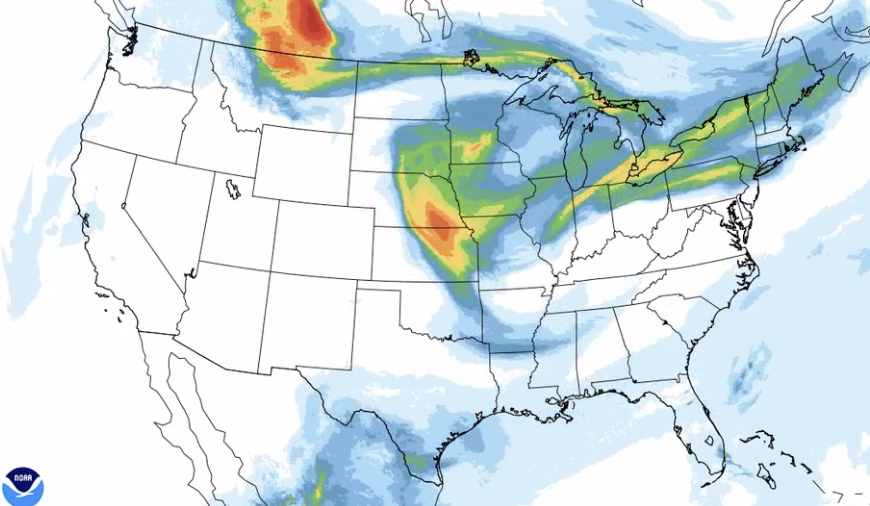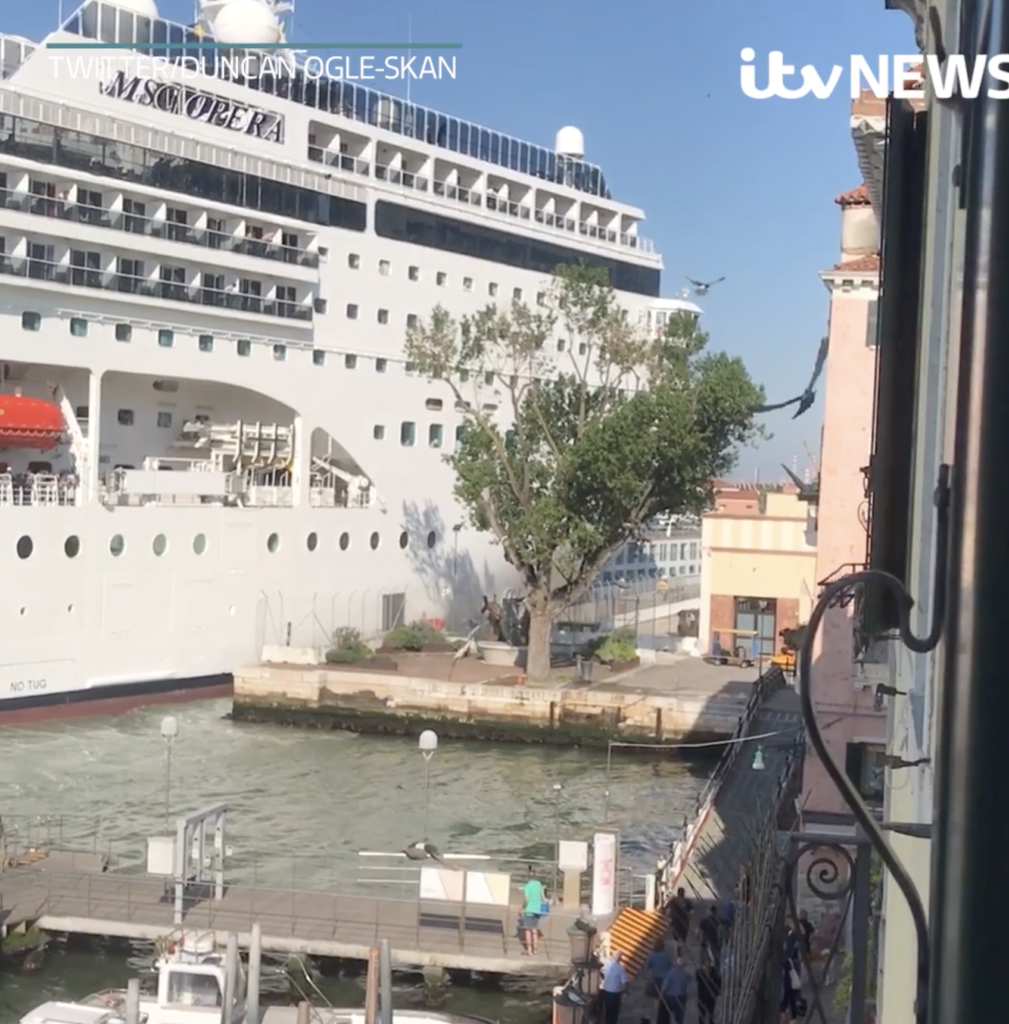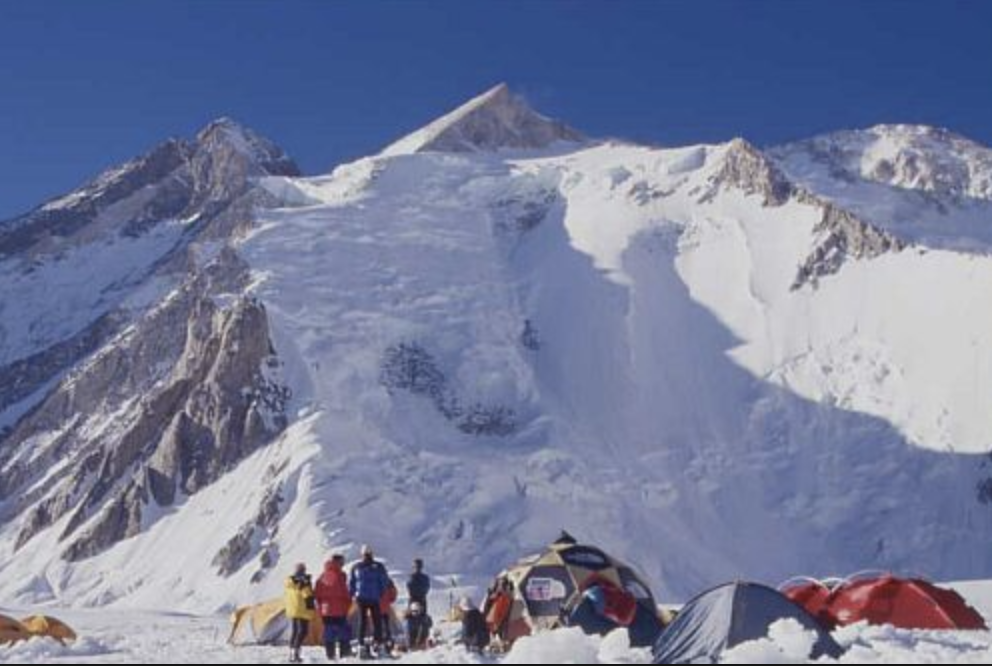Four stories from our changing world:

- Are you ready for a crisis? Watch for the announcement of an expert-led pre-conference workshop at eTourism Summit to provide vital guidance to DMOs, attractions, sports venues, and others. Take away key action points: the do’s and dont’s of critical emergency preparedness.
Massive forest fires impacting air quality as far east as New York City were raging across a curtain of trees in Alberta Province as Canada Tourism Week focused on emergency preparedness for its DMO regions.

“Timely, accurate information is essential in emergencies,” said Jennifer Rice, Canadian Parliamentary Secretary for Emergency Preparedness. The British Columbia government announced grants to assist regional DMOs; at least one, Thompson Okanagan Tourism Association, is hiring a crisis management coordinator.

Prevention. Preservation. Donations welcome.
In Oregon, Visit Bend is getting out in front of environmental tourism initiatives by backing “Pledge for the Wild.” The responsible maintenance program, operating together with other mountain towns—South Lake Tahoe, Nev.; Steamboat, Colo.; and Bozeman, Mont.—focuses on outdoor enthusiast visitors such as trail riders, water rafters, skiers, hikers and rock climbers.
In Central Oregon, donations from Bend tourists will go to the Deschutes Trails Coalition to be doled out to the coalition’s partner preservation organizations. Read more here.

Venice is sinking…while trying to cope with the double-edged sword that tourism brings to its fragile existence.
The scary reality of man-made overtourism: Watch as a massive 3,000-passenger cruise ship (not the largest cruise ship navigating the Grand Canal, by any means…) collides with a tourist riverboat and plows into a Venice dock, seen here.

Although tourists are paying up to $45K to climb Mt. Everest, there’s a human traffic jam of climbers at 29,000 feet. Already, a dozen are dead or missing this season during the short window which runs from March through May.
“Everest’s “death zone” becomes a bottleneck on the mountain’s busiest days, and setbacks can be dangerous. ‘Everyone is carrying a finite amount of oxygen and the people at the back of the queue, they might have enough oxygen for a 16- or an 18-hour day, but if they’re delayed and that becomes a 20-, 22-hour day without supplementary oxygen, that’s when people die,'” reports a mountain guide interviewed by Microsoft News.
Will Nepal’s tourism board cut back on permits issued to climb Everest? Read more here.

Leave a Reply